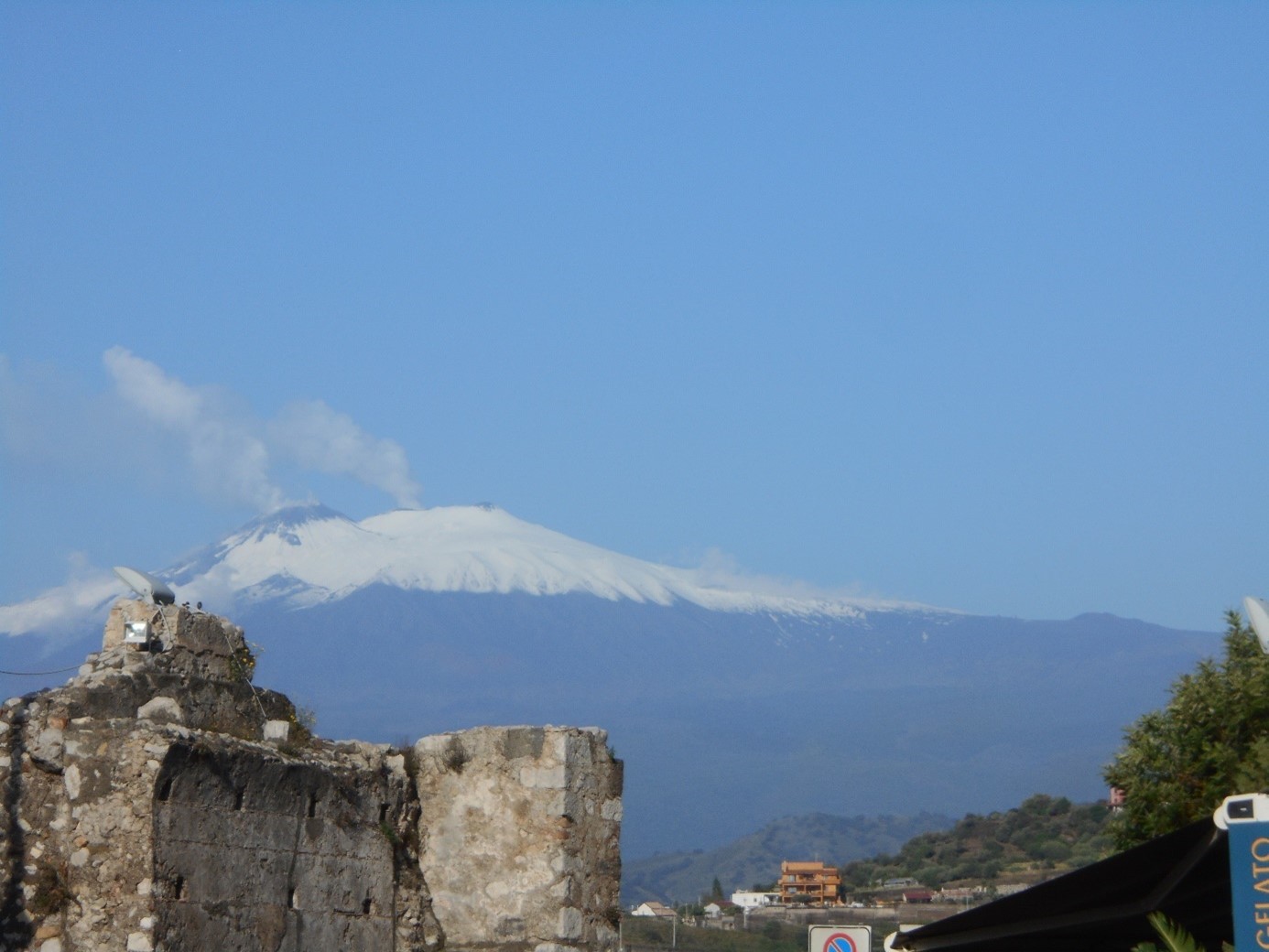Our new meta analysis is published
Mistletoe therapy is popular among patients in German-speaking countries as an adjunct treatment for cancer. This is due to the fact that Ita Wegmann, an associate of Rudolf Steiner, had introduced mistletoe into medical cancer therapy at his suggestion. Steiner used, besides the knowledge of old European healing traditions, mainly his intuition and the mistletoe’s signature: mistletoe grows parasitically on trees and feeds on the host tree, which slowly but surely perishes. So according to the ancient signature theory and its phenomenology, mistletoe should also work on humans for a similar disease, namely cancer, which is also a parasitic growth in the body.
Early studies
In the 1970s and 1980s, much basic research was done on mistletoe extracts. This showed that mistletoe contains an abundance of immunologically relevant substances, so-called lectins, which activate the immune system [1]. At that time, the first clinical studies began, in which physicians – especially those with an anthroposophical orientation – used mistletoe therapeutically in cancer patients. Initially, this was often done in rather severe cases with terminal cancer. Since then there has been a whole series of investigations. In 2020, my colleague Thomas Ostermann published in our journal Complementary Medicine Research a meta-analysis of all clinical trials in which a particular fermented mistletoe preparation, Iscador, had been used with all kinds of cancer types and in which survival was measured [2]. This publication was an update of a previously published study and included new studies, for a total of 32, both randomized and non-randomized comparative studies. The hazard ratio was 0.59, pretty much the same as in the earlier analysis.
The hazard ratio quantifies the difference between treatment group and control group (mostly normal treatment) over time. In this case, it means that patients treated with Iscador are 41% more likely to survive longer, meaning they live significantly longer. (It is not possible to estimate how long patients live longer overall in such analyses because observation durations vary widely. Therefore, one can only gain an estimate of the probability of living longer and a hedge on whether that probability is more than a random fluctuation.)




